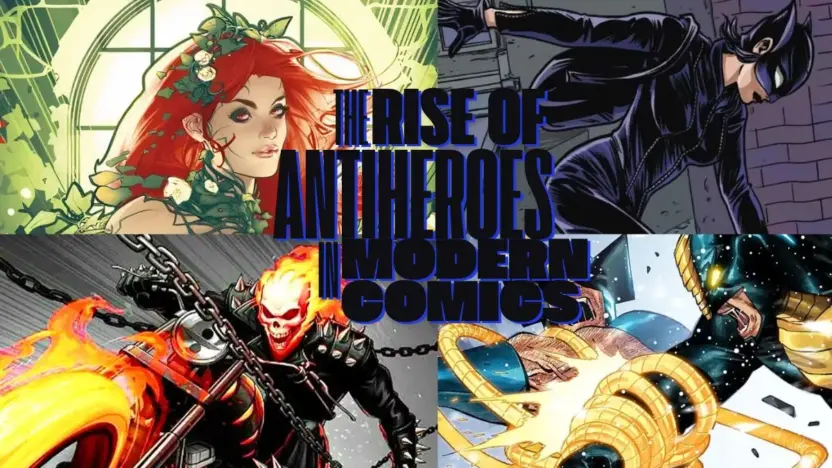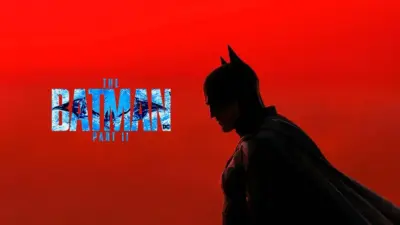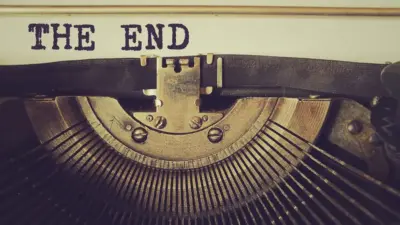The landscape of storytelling in comics has evolved significantly over the decades, with each era bringing its unique flavor, themes, and characters. Among these changes, the rise of antiheroes stands out as one of the most defining aspects of modern comics, captivating audiences worldwide with their morally complex nature. In this blog, we’ll delve into the definition of modern comics, trace the rise of antiheroes, and highlight some of the most successful characters in this category.
What Are Modern Comics, and When Did They Begin?
Modern comics refer to the period in comic book history that began in the mid-1980s, often called the “Modern Age” of comics. This era followed the “Bronze Age” (1970s to mid-1980s) and marked a shift in storytelling, artistic expression, and thematic depth. Key characteristics of modern comics include:
- Complex Characters and Narratives: Stories moved beyond simple good-versus-evil tropes to explore nuanced moral dilemmas, psychological depth, and societal issues.
- Edgy and Mature Themes: Modern comics often tackled darker, grittier themes, reflecting the complexities of real-world issues.
- Independent Publishers: While Marvel and DC Comics remained dominant, independent publishers like Image Comics and Dark Horse emerged, offering fresh perspectives and experimental storytelling.
The release of groundbreaking works like Watchmen (1986) by Alan Moore and Dave Gibbons and The Dark Knight Returns (1986) by Frank Miller is often cited as the dawn of the Modern Age of comics. These works redefined what comics could achieve as a medium and opened the door for the rise of morally ambiguous characters, including antiheroes.
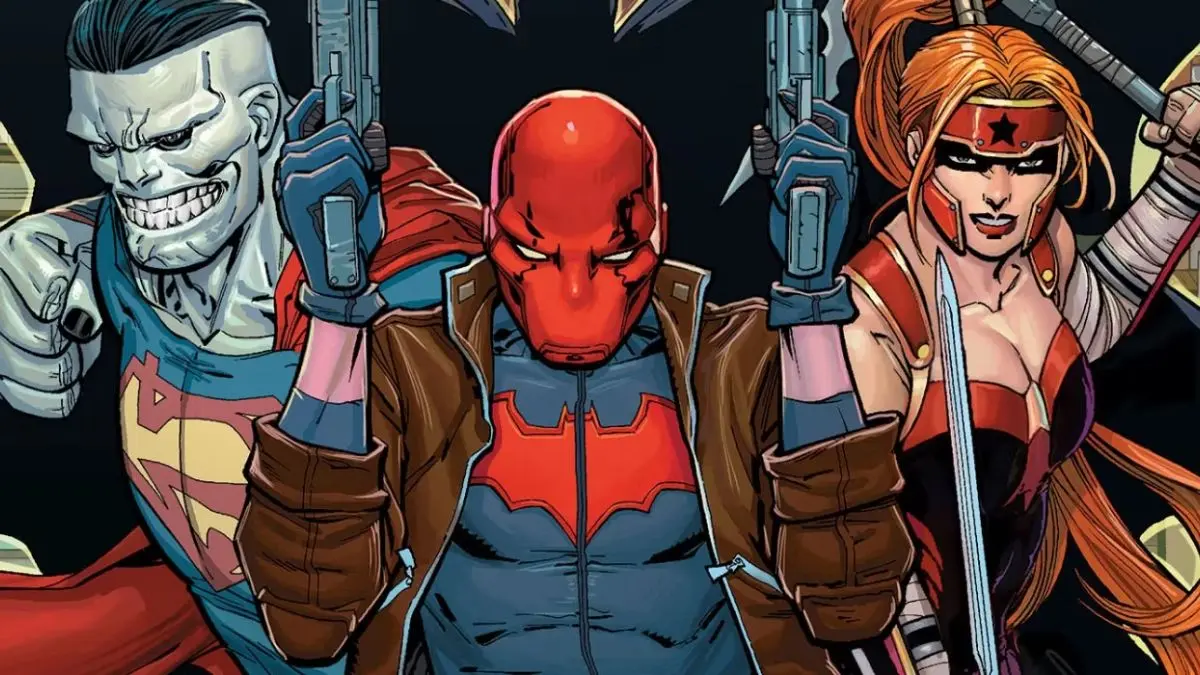
The Rise of Antiheroes in Modern Comics
Antiheroes began to gain prominence during the Modern Age as creators and readers sought characters who broke away from the traditional mold of flawless, virtuous superheroes. Unlike classic heroes like Superman or Captain America, who embody idealized notions of goodness, antiheroes exist in shades of gray. They are flawed individuals who may do the right thing but often for selfish, personal, or morally questionable reasons.
Why Did Antiheroes Rise to Prominence?
- Cultural Shifts: By the 1980s and beyond, audiences had become more skeptical of authority and traditional moral narratives. Antiheroes reflected the complexities of a world where right and wrong were not always clear-cut.
- Psychological Realism: The Modern Age brought an emphasis on realism and human psychology. Readers resonated with characters who grappled with internal conflicts, trauma, and moral dilemmas.
- Creative Freedom: The rise of independent publishers and the loosening of the Comics Code Authority allowed creators to explore darker and more mature themes, paving the way for antiheroes.
Iconic Antiheroes in Modern Comics
Many antiheroes have become cultural icons, their flawed personas adding layers of intrigue to their stories. Here are some of the most notable examples:
1. The Punisher (Frank Castle)
- First Appearance: The Amazing Spider-Man #129 (1974, but gained prominence in the Modern Age)
- Why He’s an Antihero: The Punisher is a brutal vigilante who uses lethal force to fight crime. His methods are extreme, and he operates outside the law, making him a morally gray character.
- Appeal: His relentless pursuit of justice resonates with readers who seek retribution against a corrupt system.
2. Wolverine (Logan)
- First Appearance: The Incredible Hulk #180 (1974, but rose to prominence in the Modern Age)
- Why He’s an Antihero: Wolverine is a loner with a violent past, struggling with his animalistic instincts and a desire to protect those he cares about.
- Appeal: His vulnerability beneath his tough exterior makes him relatable, while his berserker rage adds an element of unpredictability.
3. Deadpool (Wade Wilson)
- First Appearance: The New Mutants #98 (1991)
- Why He’s an Antihero: Deadpool is a mercenary with a twisted sense of humor, breaking the fourth wall and making morally dubious choices.
- Appeal: His irreverence and humor, coupled with his tragic backstory, make him a unique and multifaceted character.
4. Rorschach (Walter Kovacs)
- First Appearance: Watchmen (1986)
- Why He’s an Antihero: Rorschach operates with a black-and-white moral code, often using brutal methods to achieve justice, regardless of societal norms.
- Appeal: His uncompromising stance and tragic background add to his complexity.
5. Spawn (Al Simmons)
- First Appearance: Spawn #1 (1992)
- Why He’s an Antihero: A former assassin betrayed by his government, Spawn is resurrected as a hellspawn and must navigate a new existence between good and evil.
- Appeal: His supernatural powers and dark origin story offer a blend of horror and heroism.
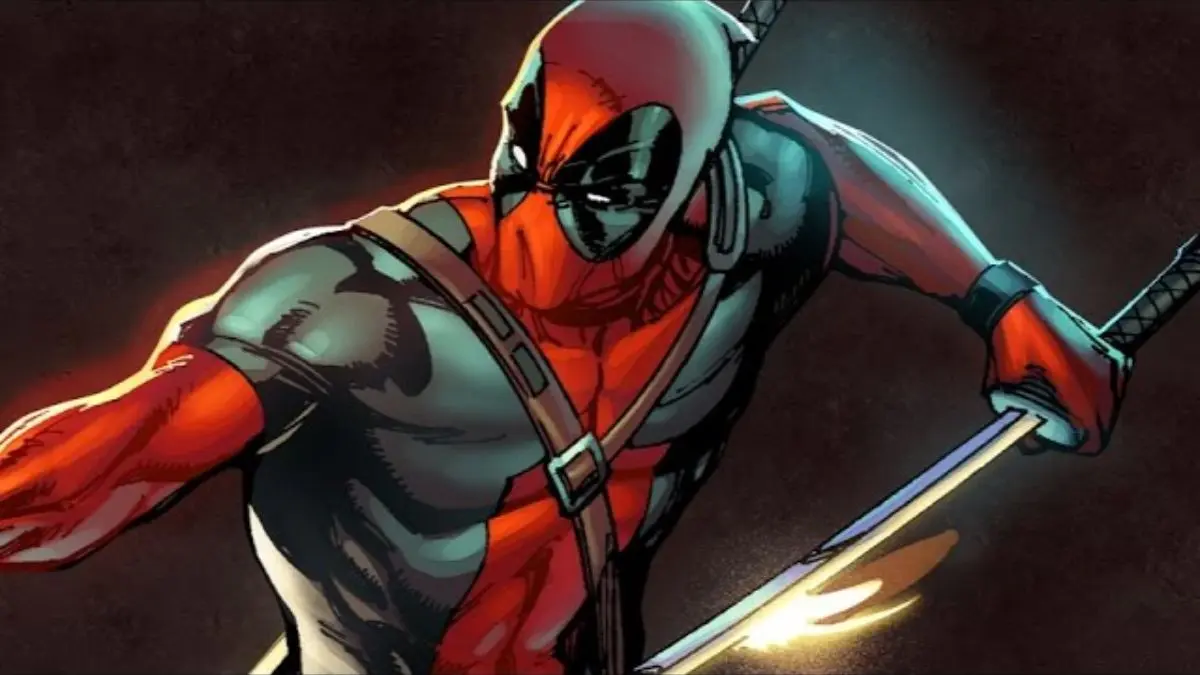
The Gray Nature of Antiheroes: Why Do We Love Them?
Antiheroes thrive in the gray area between good and evil, which makes them profoundly human and relatable. Unlike traditional heroes who represent idealized virtues, antiheroes mirror the complexities of real life, where people often grapple with difficult choices and imperfections.
Key Reasons for Their Popularity:
- Relatability: Antiheroes’ flaws—whether it’s anger, vengeance, or moral ambiguity—make them more relatable to readers who see echoes of their own struggles in these characters.
- Moral Complexity: Their stories often force readers to question the nature of morality and justice, adding depth and engagement to the narrative.
- Unpredictability: Because antiheroes don’t always adhere to traditional heroic codes, their actions are often unpredictable, keeping audiences intrigued.
- Catharsis: Antiheroes often act out fantasies of rebellion or vengeance, providing a sense of catharsis for readers.
Also Read: How Webcomics are Transforming the Comic Industry
